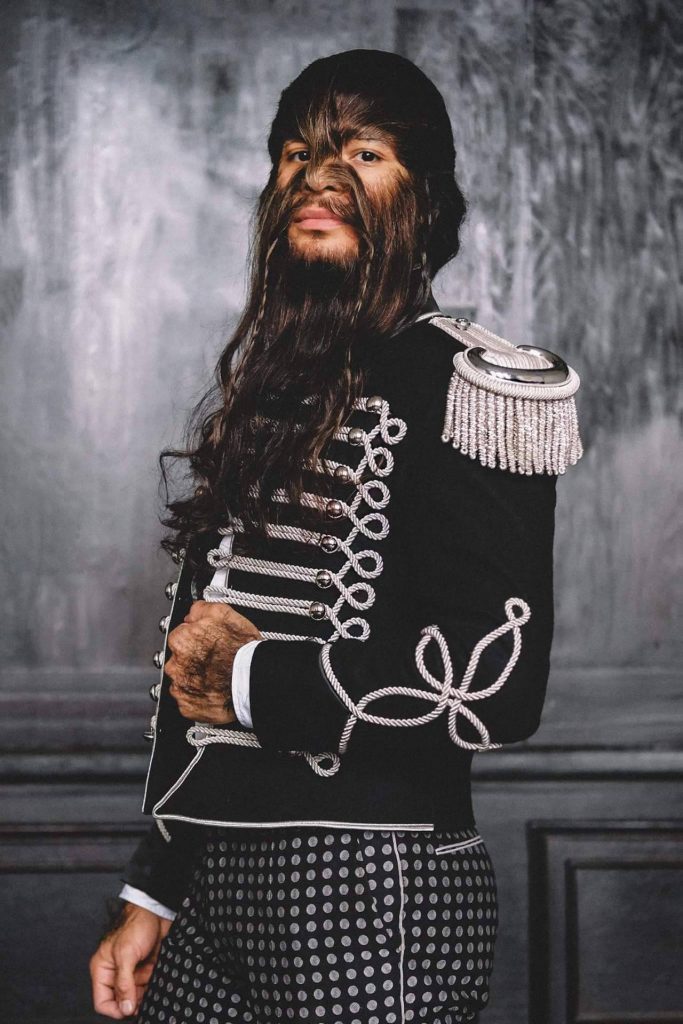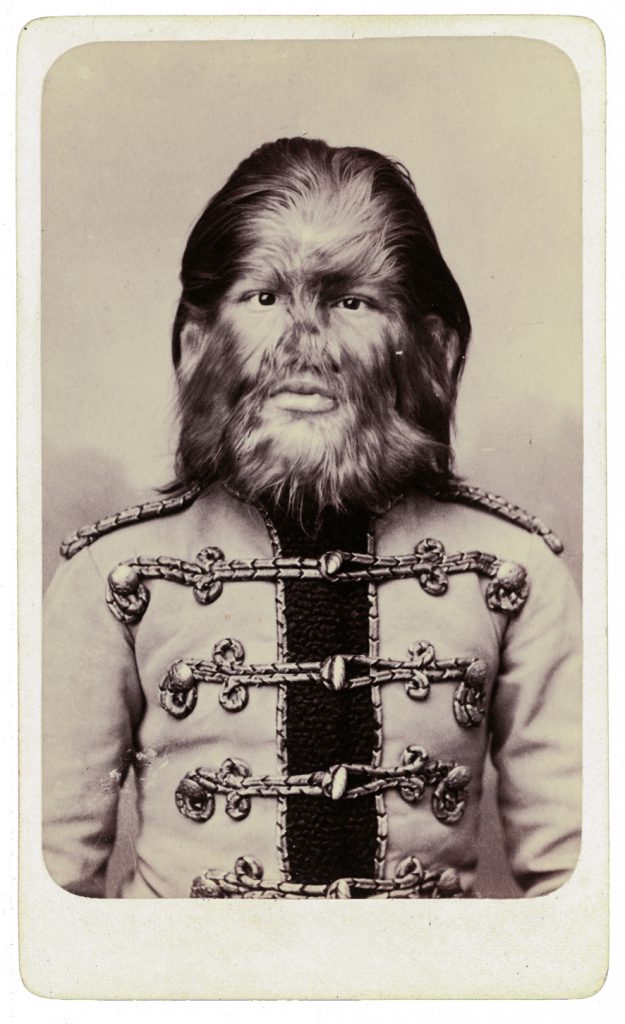Sideshows have fascinated audiences for centuries, first enthralling them during the end of the 1800s and beginning of the 1900s. They rose in popularity throughout the beginning of the 20th century, until fading out of the spotlight during the mid century. Today, many of our favorite films and television shows have referenced back to the golden age of sideshows, notably “American Horror Story” and “The Greatest Showman.” In these stories, the writers pulled inspiration from real sideshow performers and allowed their legacy to reach an all new audience. Take a look at 10 fictional characters who were inspired by real icons of sideshow in the gallery below, then let us know your thoughts on this story in the comments section on social media.
“American Horror Story: Freakshow”
In “American Horror Story’s” fourth season, creator Ryan Murphy took inspiration from real life sideshow performers when creating several of his characters. However, instead of focusing on the performers who came to fame during sideshows’ peak popularity, he focused on the tail end of the movement.
Jimmy Darling
Evan Peters plays Jimmy Darling, who’s born with severe syndactyly and performs under the name Lobster Boy for Elsa Mars’ Freak Show. This character was inspired by Grady Stiles Jr, a man who was born with his fingers fused together that performed under the name Lobster Boy. Stiles Jr was born into a traveling freakshow family and gained national infamy when he killed his oldest daughter’s fiancé in 1978.
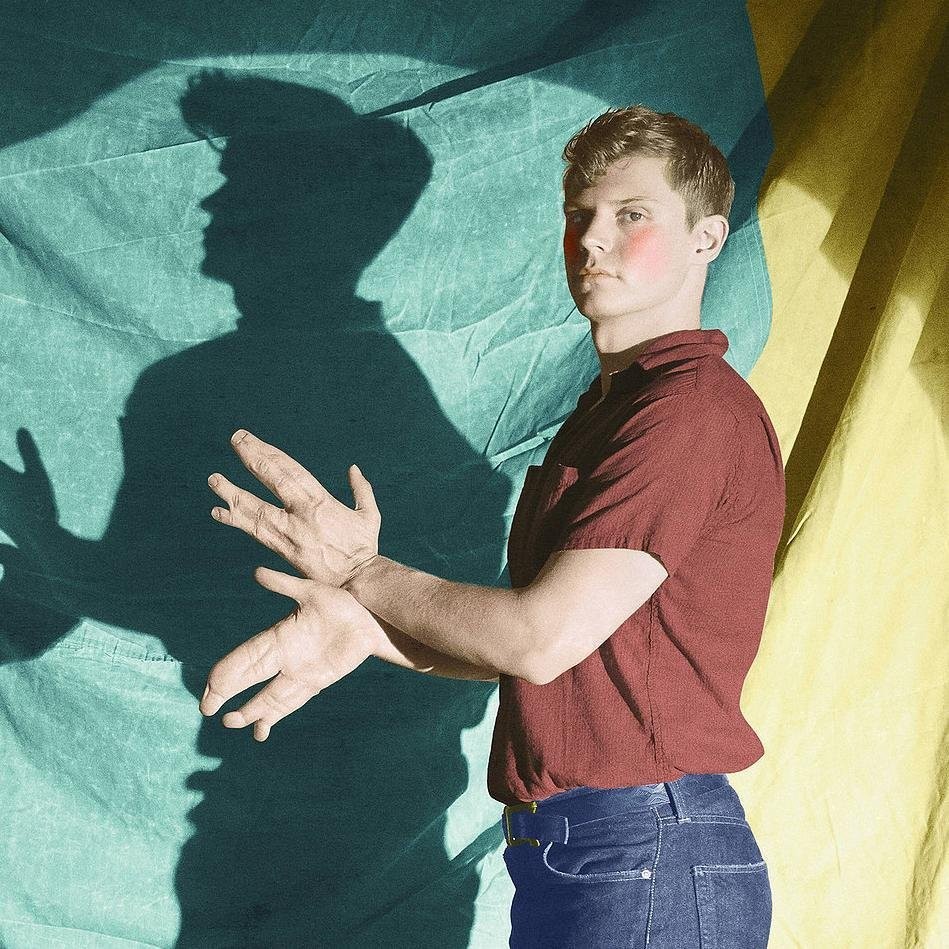
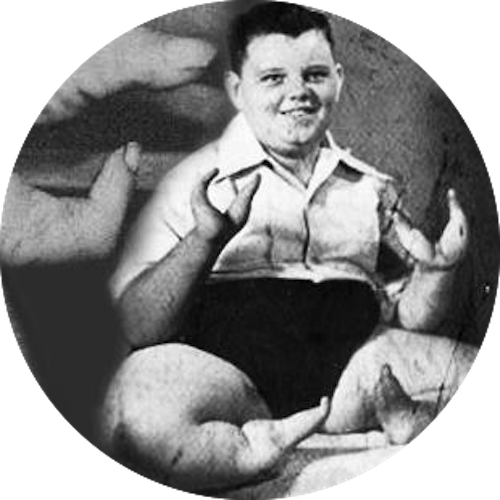
Pepper and Salty
Naomi Grossman and Christopher Neiman play microcephalic siblings named Pepper and Salty in the freakshow. These characters take inspiration from famed performer Schlitzie. Schlitzie was born in 1901 and was promoted as a “pinhead” throughout many upscale circuses, including Ringling Bros. and Barnum & Bailey Circus.
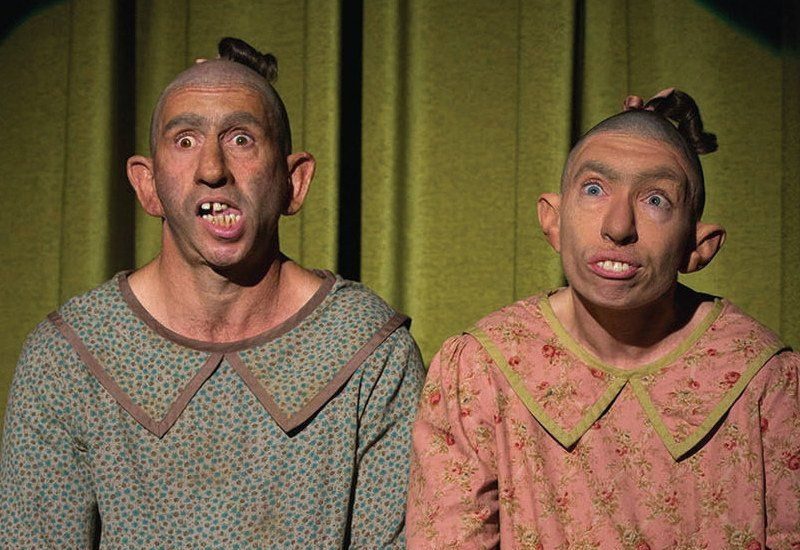
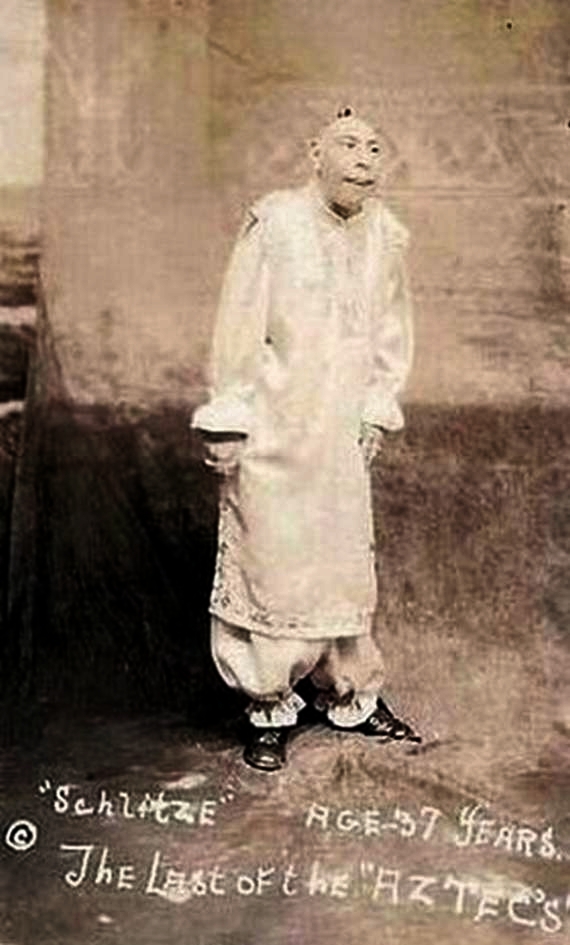
Dot and Bette
One of Sarah Paulson’s most memorable roles in the “American Horror Story” series had her playing conjoined twins Dot and Bette Tattler. These twins took inspiration from real life conjoined celebrities, Daisy and Violet Hilton. These sisters were conjoined at the hip and became international celebrities in the sideshow, burlesque and vaudeville scenes.
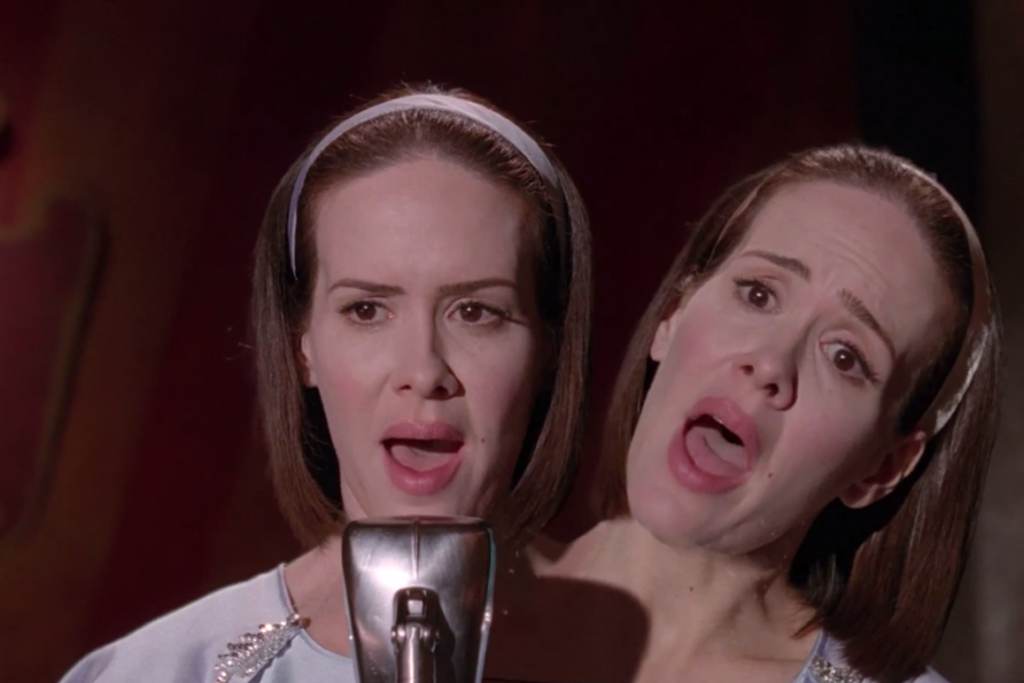
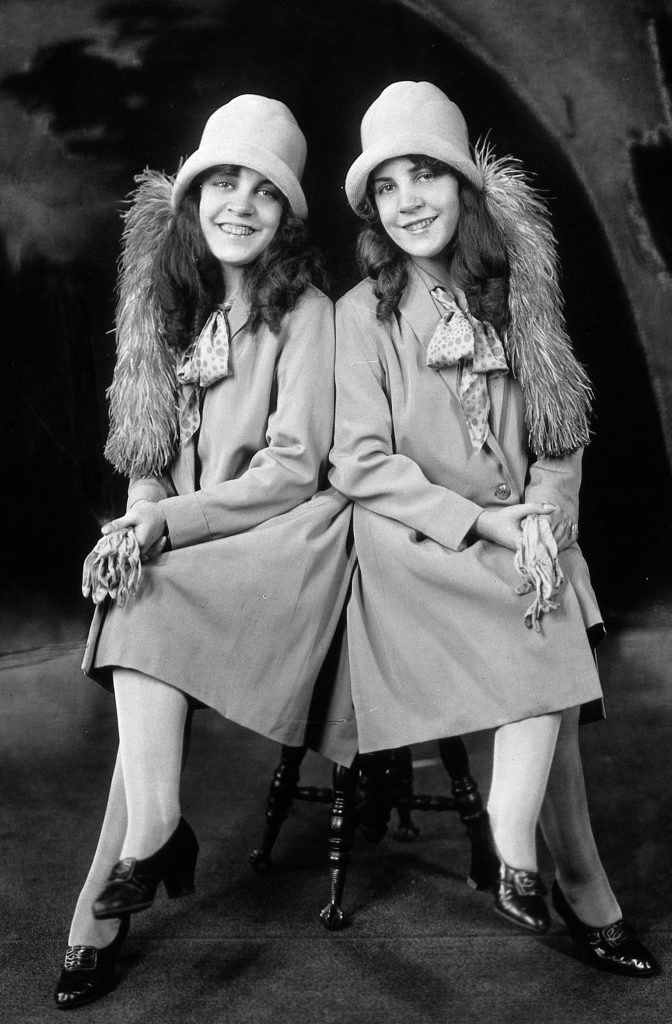
“The Greatest Showman”
While “American Horror Story: Freakshow” took inspiration from famous sideshow performers and made them their own, “The Greatest Showman” brought circus performers of the past to life. This film takes (loose) inspiration from the story of P.T. Barnum and the creation of the Barnum American Museum, bringing many of history’s most prolific performers back to life.
P.T. Barnum
Hugh Jackman portrayed American businessman and showman P.T. Barnum in “The Greatest Showman,” who’d go on to start to the Barnum & Bailey Circus. The film took many creative liberties when creating this story, fabricating much of his backstory and neglecting elements of racism from the plot. In actuality, P.T. Barnum was known for manufacturing hoaxes, creating false ages and backstories for his performers.
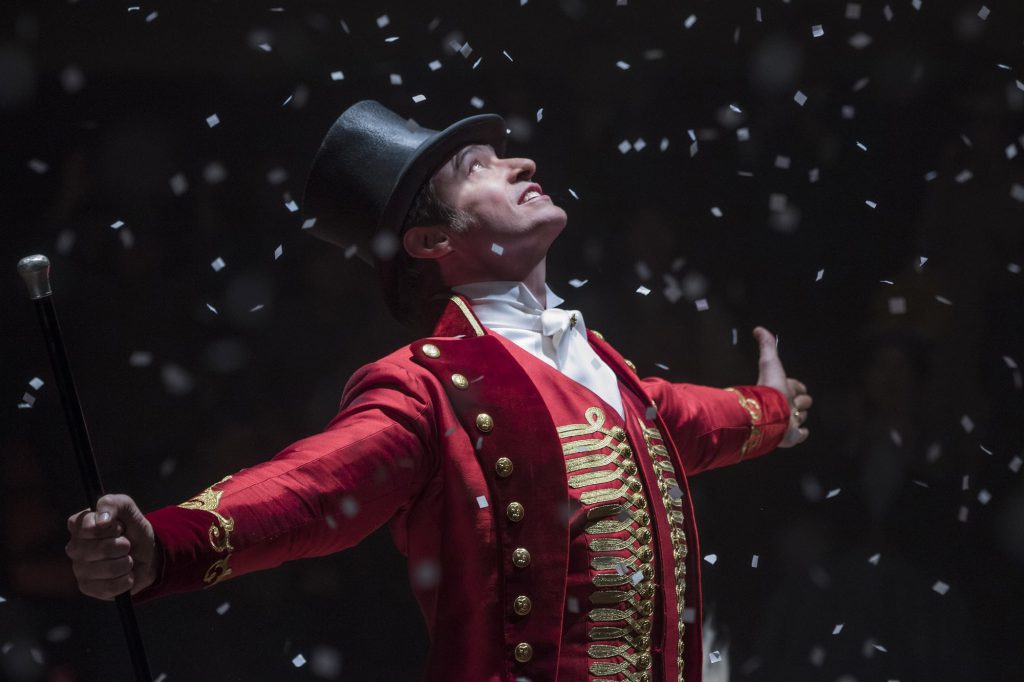
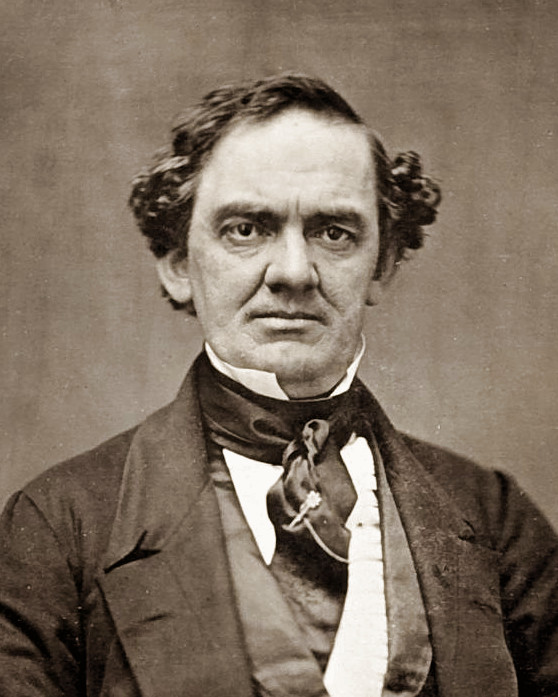
General Tom Thumb
In “The Greatest Showman,” General Tom Thumb was played by an actor in his early twenties, but in actuality Thumb began his career with Barnum when he was just a child. General Tom Thumb was born Charles Sherwood Stratton in 1838 and stood at just 3’4″ tall.
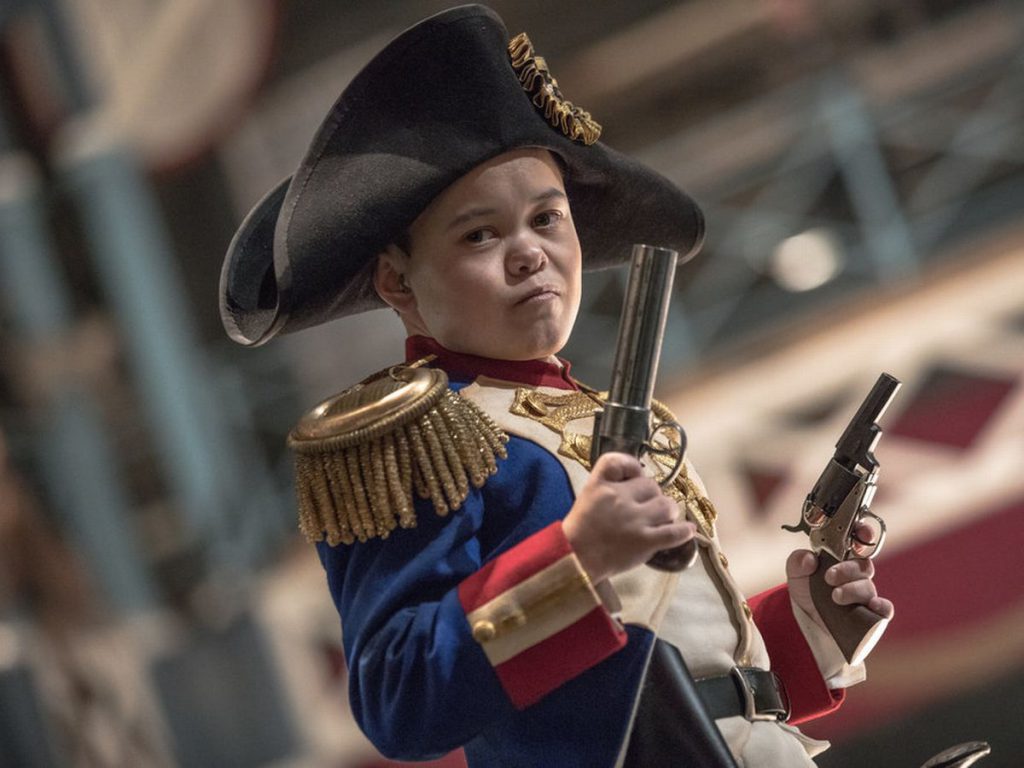
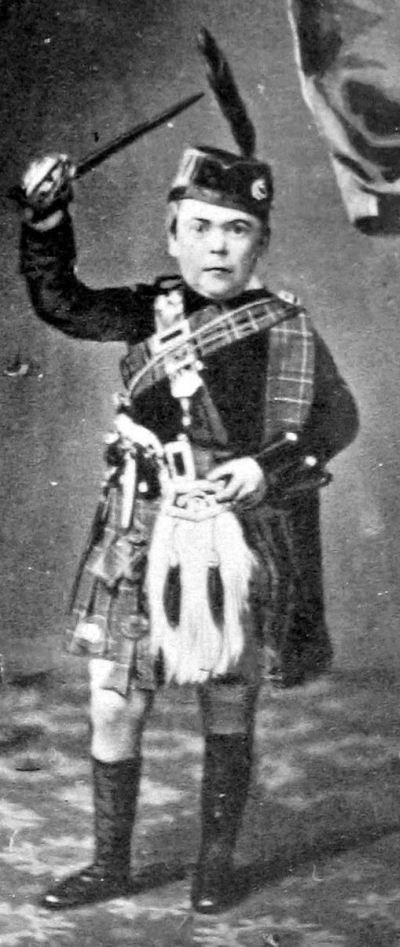
Lettie Lutz
Lettie Lutz, “The Greatest Showman’s” bearded lady took inspiration from real life performer Annie Jones. Jones toured with P.T. Barnum during her lifetime and became the country’s most famous bearded lady. Her facial hair was likely the result of hirsutism and later in her career, she campaigned to abolish the term “freaks.”
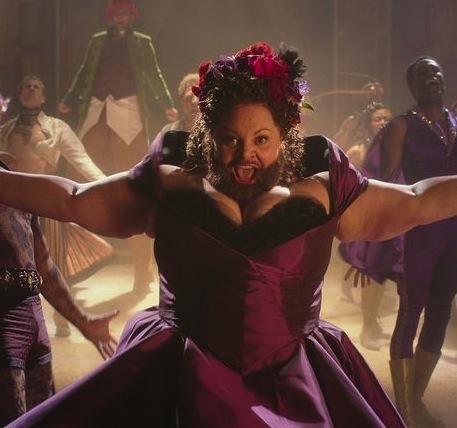
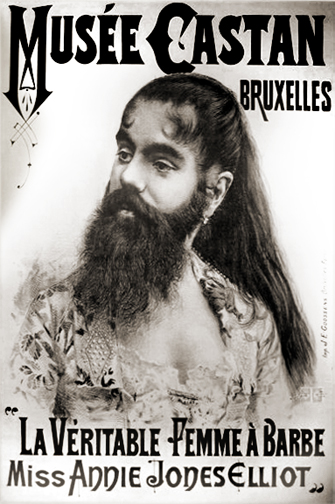
Captain George Costentenus
Although he doesn’t have any lines and only appears in group scenes throughout the film, performer Captain George Costentenus was depicted in “The Greatest Showman.” Costentenus was one of the most famous Tattooed Men to perform in the sideshow scene and under P.T. Barnum’s contract he earned $100 a day.
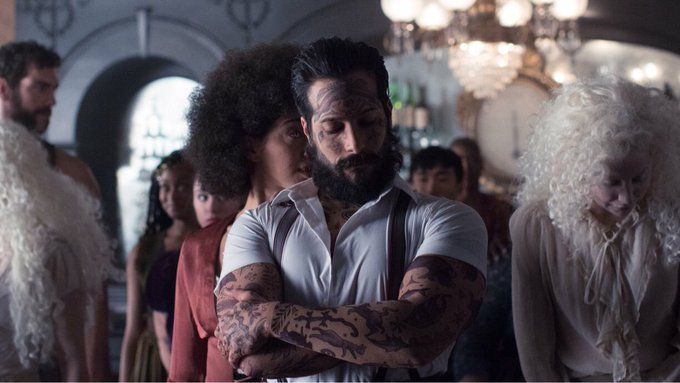
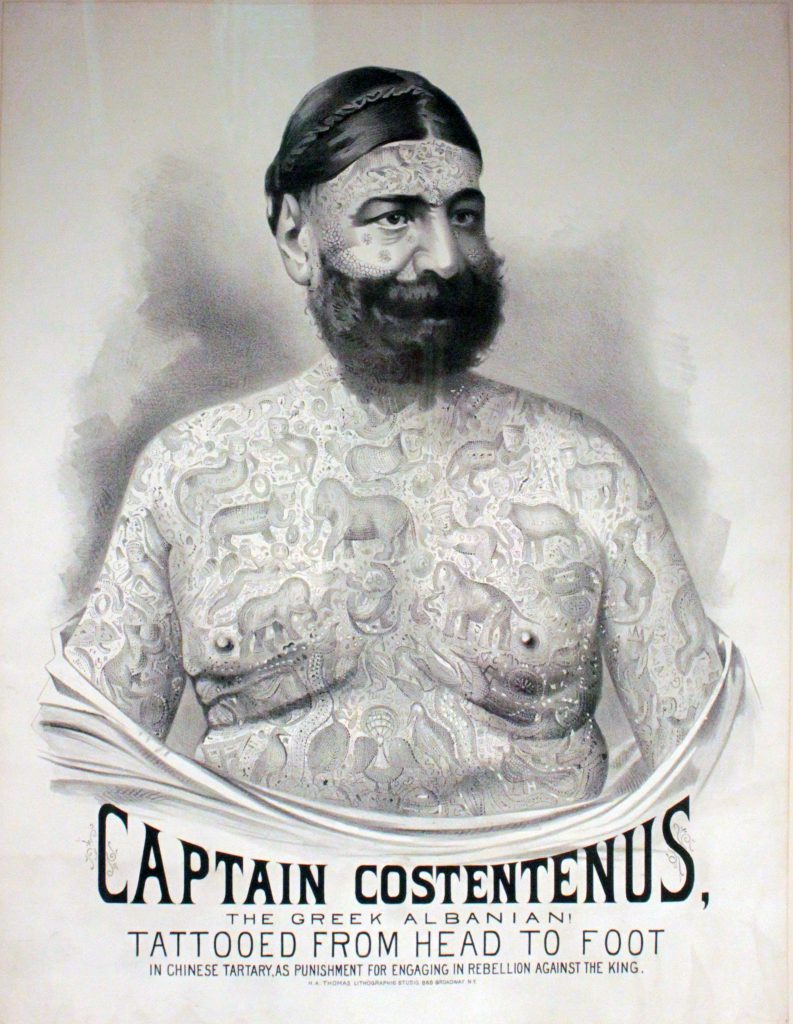
Fedor Jeftichew
Another character in “The Greatest Showman” that had limited screen time but was based on a real sideshow performer was Fedor Jeftichew, who suffered with hypertrichosis. Jeftichew was better known as Jo-Jo the Dog-Faced Boy and was brought to the United States by P.T. Barnum from Russia in 1884.
